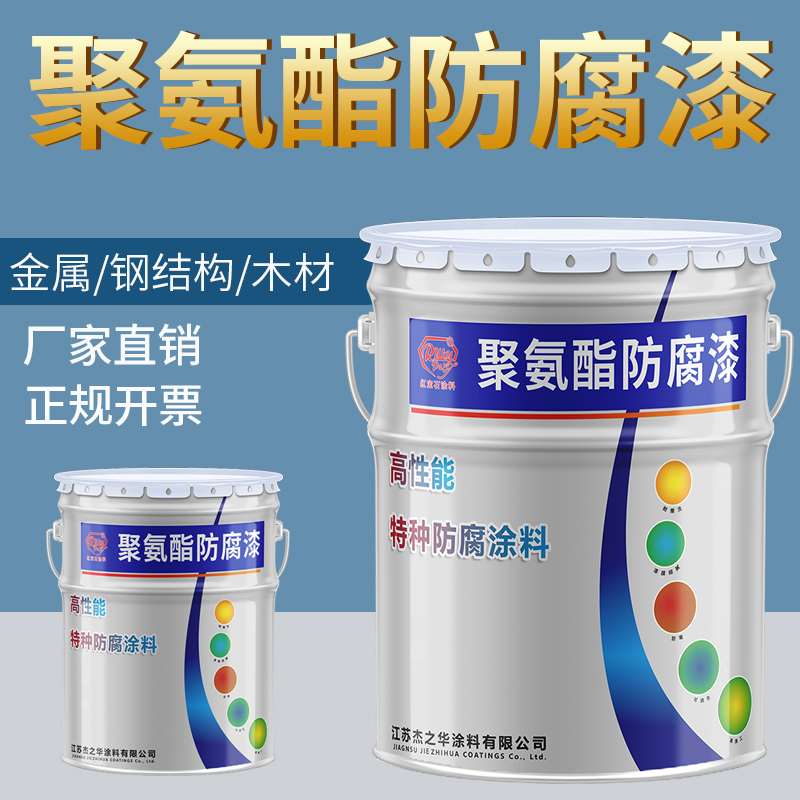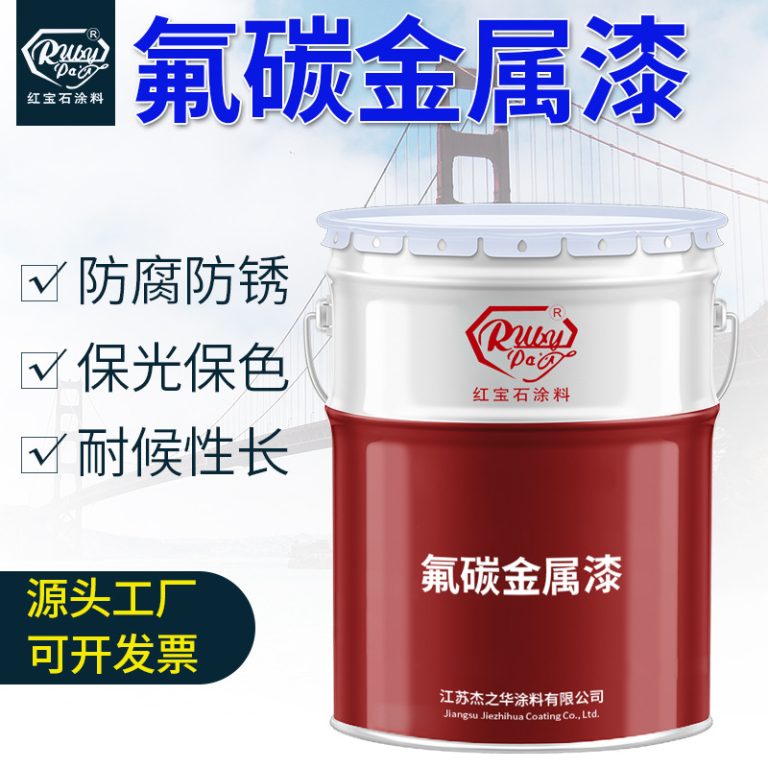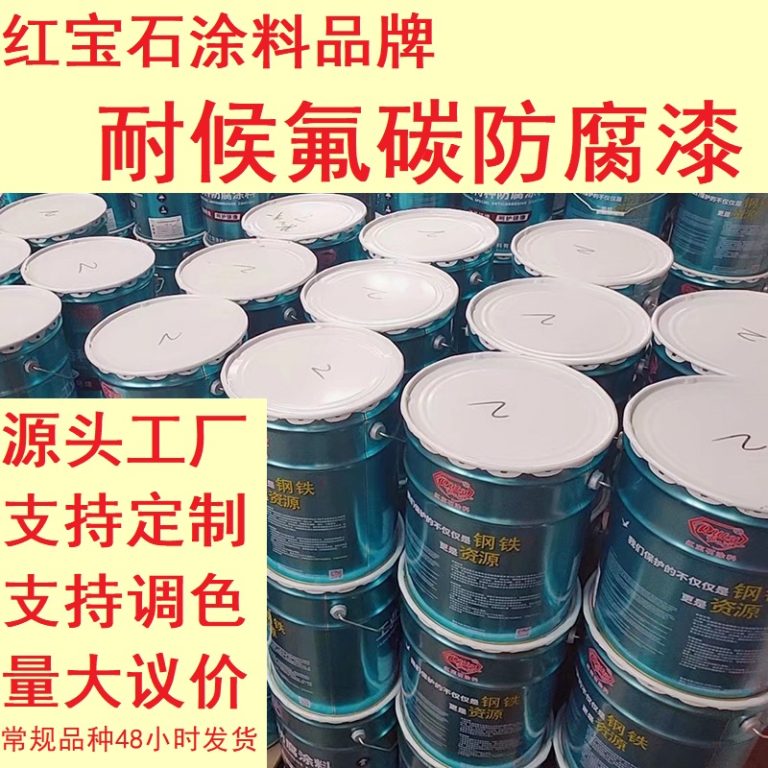Table of Contents
Applications de l’isothiocyanate de fluorescéine (FITC) en imagerie médicale
Non
| Nom | Peinture industrielle |
| 1 | Le rôle de l’isothiocyanate de fluorescéine (FITC) dans la cytométrie en flux |
Non

Produits
Peinture industrielle
The Role Of Fluorescein Isothiocyanate (FITC) In Flow Cytometry
Fluorescein isothiocyanate (FITC) is a fluorescent dye that has become an indispensable tool in the field of flow cytometry, a technique used to analyze the physical and chemical characteristics of particles in a fluid as they pass through at least one laser. FITC is valued for its ability to attach to antibodies, which are then used as probes to detect specific antigens within a cell population. This process, known as immunofluorescence, allows researchers to identify and quantify various types of cells and biomolecules.
The role of FITC in flow cytometry is primarily based on its fluorescent properties. When exposed to light of a specific wavelength, FITC absorbs this light and then emits it at a different wavelength. This emission can be detected and measured, providing valuable information about the cell or particle to which the FITC-labeled antibody is bound. The bright and stable fluorescence of FITC makes it an excellent choice for flow cytometry, where sensitivity and accuracy are crucial.
Moreover, FITC’s excitation and emission spectra are well-suited for the optical filters and detectors commonly used in flow cytometers. FITC is typically excited by the 488 nm laser line, and it emits a green fluorescence with a peak around 519 nm. This compatibility allows for easy integration of FITC into existing flow cytometry protocols without the need for additional equipment or extensive modifications.
In addition to its spectral properties, FITC’s relatively small size and low molecular weight contribute to its effectiveness in flow cytometry. These characteristics minimize any potential steric hindrance, which could interfere with the binding of the antibody to its target antigen. As a result, FITC-labeled antibodies can bind more freely and specifically, leading to more accurate and reliable measurements.
Furthermore, the chemistry of FITC facilitates its conjugation to antibodies. The isothiocyanate group of FITC reacts with amine groups on the antibodies, forming a stable thiourea linkage. This covalent bond ensures that the fluorescent label remains attached to the antibody during the flow cytometry process, preventing leaching of the dye and preserving the integrity of the fluorescent signal.
The application of FITC in flow cytometry extends beyond basic research and into clinical diagnostics and therapeutic monitoring. For instance, FITC-labeled antibodies are used to identify and enumerate specific subpopulations of immune cells, such as T cells, B cells, and monocytes. This information is crucial for diagnosing immune disorders, monitoring immune responses during infection or after vaccination, and evaluating the efficacy of immunomodulatory therapies.
Additionally, FITC’s role in multiparameter flow cytometry highlights its versatility and importance. In multiparameter assays, several different fluorescent dyes, including FITC, are used simultaneously to label multiple targets within the same sample. This approach allows for the comprehensive analysis of complex cell populations and provides insights into the interactions and functions of different cell types within a biological system.
In conclusion, fluorescein isothiocyanate (FITC) plays a critical role in flow cytometry by providing a reliable and efficient means of labeling antibodies for immunofluorescence. Its favorable spectral properties, ease of conjugation, and compatibility with existing flow cytometry equipment make FITC an invaluable tool in both research and clinical settings. As flow cytometry continues to evolve and expand in its applications, the use of FITC is likely to remain a cornerstone of this powerful analytical technique.
| No. | Products |
| 1 | Industrial paint |






